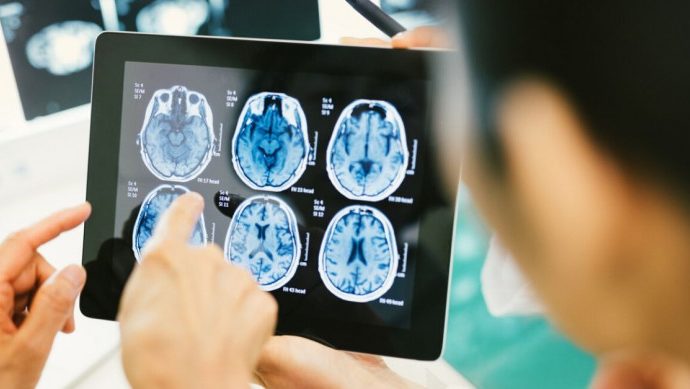A new study explores the impressive capacity of the brain to feel contact on a foreign object.
Source: Interesting Engineering
We have all experienced it before. You are holding some kind of tool that comes in to contact with something else and you feel that contact as if it were with your own skin.
We never think much of this process because it is so instinctive but it is an impressive feat of the brain. Now Luke Miller, a cognitive neuroscientist, and a few of his colleagues have written a new paper exploring this phenomenon.
A thorough study
The study saw 16 subjects tested to see where they felt touches on a one-meter-long wooden rod. The research went through 400 trials and found that participants pinpointed the correct touch with a 96% accuracy.
But that’s not all, the researchers also registered the participants’ cortical brain activity using scalp electrodes. They discovered that the cortex quickly processed where the tool was touched.
These results indicate that the neural mechanisms for detecting touch location on tools “are remarkably similar to what happens to localize touch on your own body,” said to Scientific American Alessandro Farnè, a neuroscientist at the Lyon Neuroscience Research Center in France and senior author of the study.
Taking the study further
To take the study further, the researchers repeated the experiment on a patient who lost proprioception in her right arm. They found that the subject was also able to spot where the rod was touched and produced similar brain activity as the healthy subjects.
That outcome “suggests quite convincingly that vibration conveyed through the touch, which is spared in the patient, is sufficient for the brain to locate touches on the rod,” Farnè said.
The end result of the study is the conclusion that people use the same neural processes for detecting touch on the body to locate touch on a tool. “We propose that an elementary strategy the human brain uses to sense with tools is to recruit primary somatosensory dynamics otherwise devoted to the body, “write the authors in the study.
The research is published in Current Biology.
Source: Interesting Engineering

































Leave a Comment
You must be logged in to post a comment.